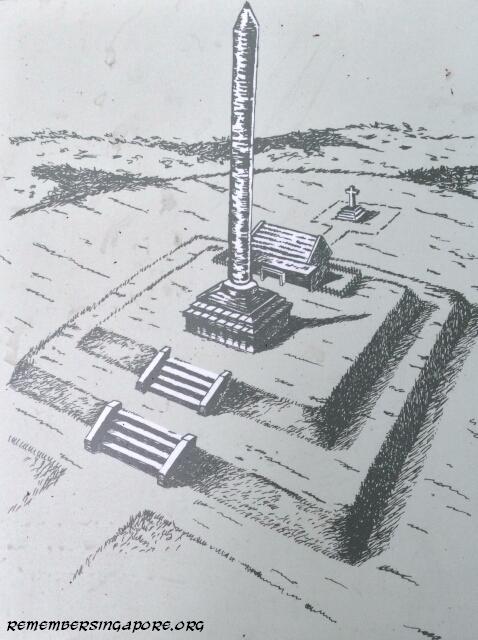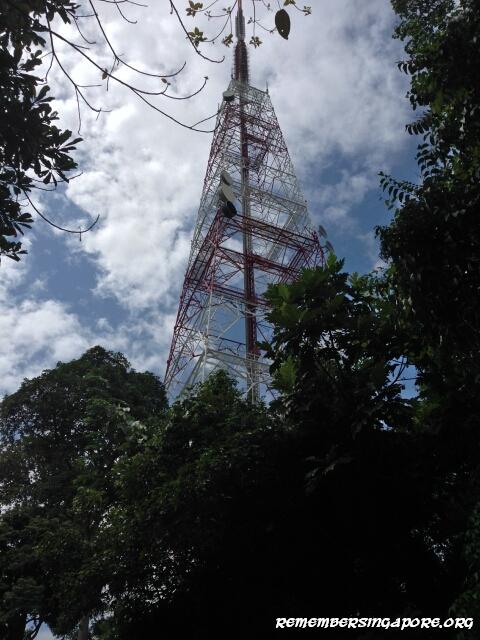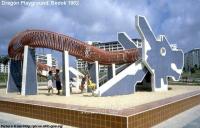
Today marks the 75th anniversary of the fall of Singapore.
During Japan’s invasion of Singapore, one of the fiercest battles between the Allied troops and the aggressors took place at the Bukit Timah area. It was also near the former Ford Factory, where the General Commanding Officer (GOM) Malaya Lieutenant-General Arthur Ernest Percival (1887-1966) eventually surrendered Singapore to Japan. That day was 15 February 1942, the beginning of Singapore’s darkest moments in history.
At the end of April 1942, the Japanese took more than 500 British and Australian prisoners-of-war (POWs) from the Changi Camp. Yamashita Tomoyuki, the Japanese Commander-in-Chief, had ordered the construction of a memorial to commemorate the Japanese soldiers that had died in the battle for Singapore. It was to be built on a small Bukit Batok hilltop that overlooked the place where the battle took place.


Under the Japanese’s supervision, the POWs were forced to flatten the land and construct a long flight of steps that would lead to the memorial. A 40-feet tall cylindrical pylon capped with a brass cone was built on a double-tier platform, surrounded by gravel paths and a wooden fence. The finished monument was named Syonan Chureito. A small shrine was also set up at the base of the structure where it was used to store the ashes of the dead Japanese troops.
The Allied POWs also wanted to build a memorial for their fallen comrades. The Japanese initially refused, but later accepted the request as they thought the gesture would show their magnanimity. Hence, at the back of the monument, a 10-feet tall wooden cross was erected as a memorial for the perished Allied soldiers.

The Syonan Chureito was officially unveiled by the Japanese on 10 September 1942, whereas the Memorial Cross was unveiled a day later. During the unveiling ceremony, the local community leaders were forced to attend. The local Chinese were represented by Dr Lim Boon Keng, the Malays by Ibrahim bin Haji Yaacob, the Indians by S.C. Goho and the Eurasians by Dr C. J. Paglar.
Throughout the Japanese Occupation, the memorial was frequently used as the venue for Shinto ceremonies and services to honour the Japanese soldiers who had died in Southeast Asia. At the end of the occupation, the Japanese, fearing that the returning British would commit sacrilegious attacks on their sacred site, destroyed the monument. Likewise, the Syonan Jinja at the MacRitchie Reservoir was burnt down. The ashes of the dead Japanese soldiers were transferred to the Japanese Cemetery Park at Chuan Hoe Avenue.

Today, none of the Syonan Chureito structures had remained, except for the 121 concrete steps and Lorong Sesuai, the small road that once led to it. A television transmitting tower now stands tall at the original site of Syonan Chureito. The site was gazetted by the National Heritage Board in 1995, during the 50th anniversary of the end of the Pacific War, as one of the 11 World War II sites (later increased to 20) in Singapore.

Published: 15 February 2017








Reblogged this on Tea Times.